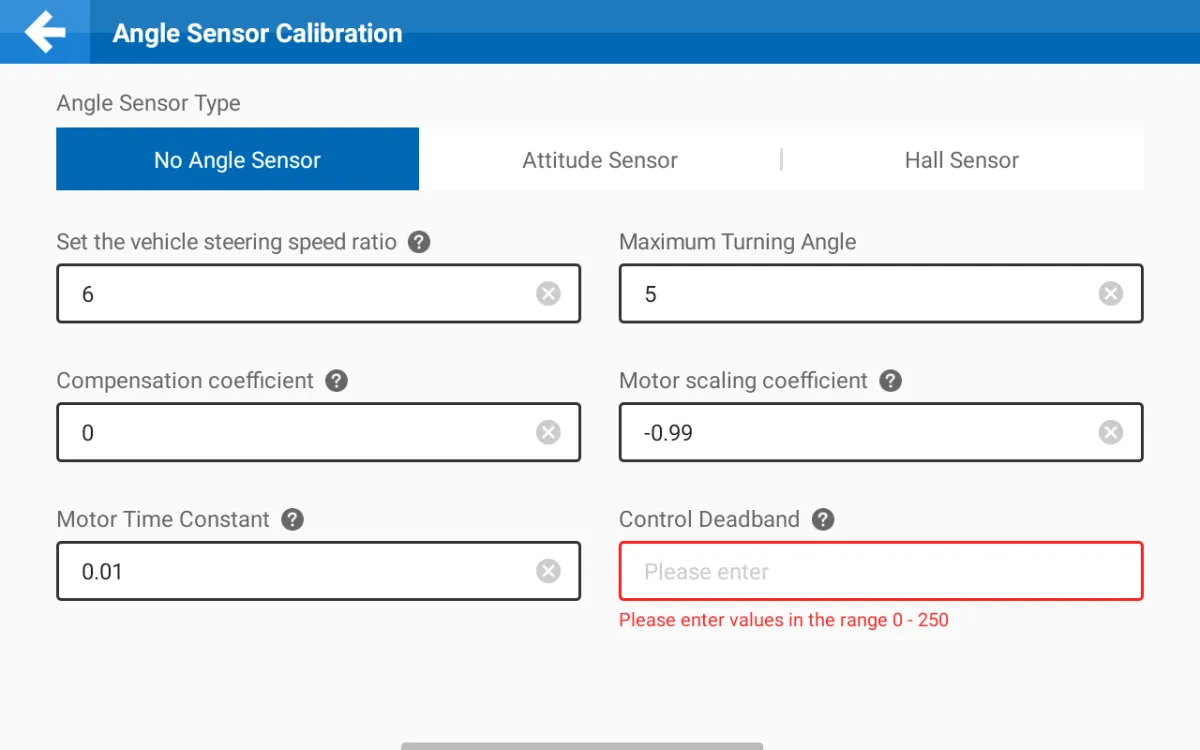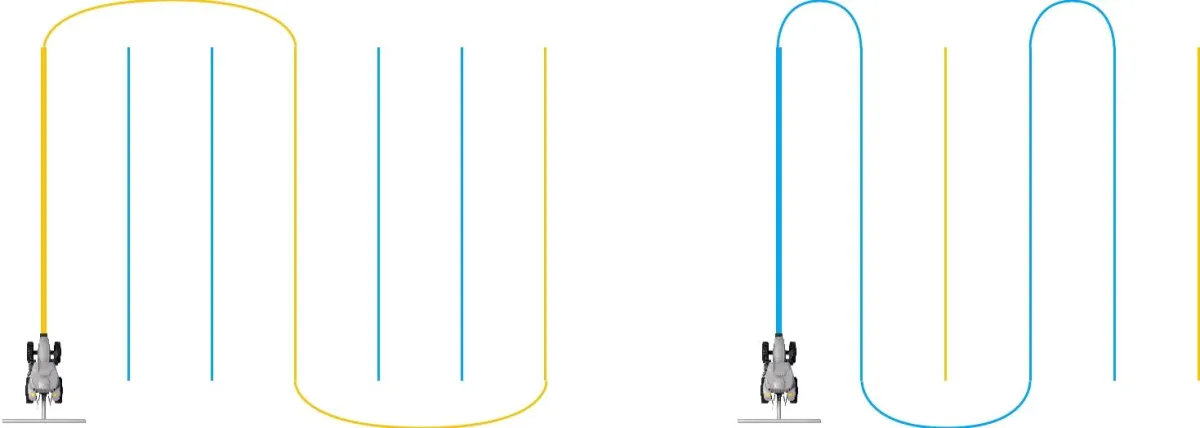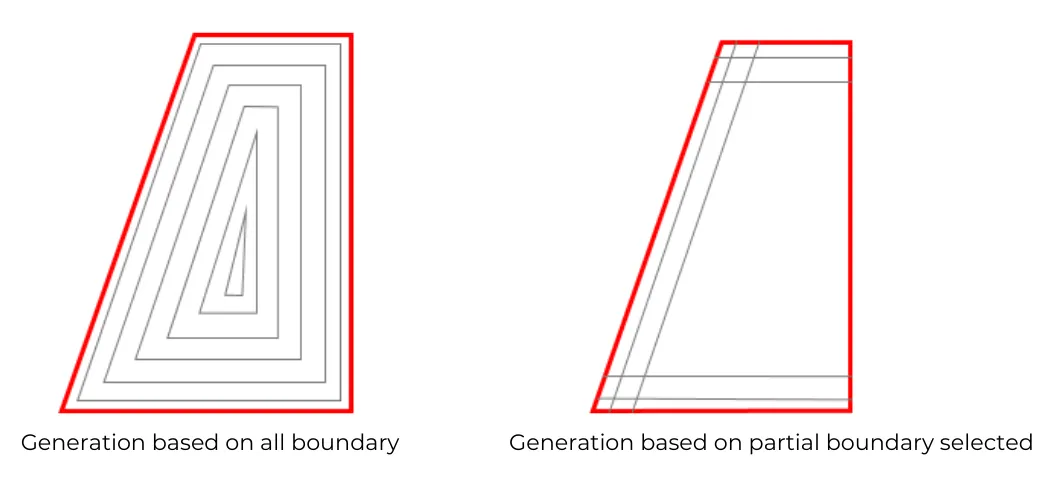Countrywide Installation!
6 New Features of the Sveaverken F100 Spring Version
Galileo PPP
In an auto steer system, the correction source plays a crucial role in providing accurate positioning data for the automated steering functionality. As one of the correction sources available since 24/01/2024, Galileo PPP is suitable for users who do not have a nearby reference station to provide network data and have not purchased a mobile base station. Compared to other correction sources we support, the biggest advantage of Galileo PPP is that it is free, does not need network connectivity, but still ensures an accuracy of about 10cm.
To activate Galileo PPP, follow these simple steps:
Go to Menu, tap Device Settings
Choose PPP from Correction Source


Super Low Speed
When performing delicate tasks that require precision at low speeds, the
Super Low Speed mode has got you covered. Whether you're sowing seeds
or spraying crops, this feature ensures accuracy and stability when
operating at speeds below 1 km/h.
To activate Super Low Speed, follow these steps:
Go to Homepage - Menu
Go to Menu - Device Settings
Go to Automatically Driving Settings, enable Super Low Speed


Currently, the following speed modes are supported:
Super Low-Speed mode: 0.1km/h-1km/h (0.03m/s-0.3m/s)
Normal mode: 1km/h-18km/h (0.3m/s-5m/s)
High-speed mode (with precision compensation beta): up to 26km/h
Deadband Settings
Have you faced the issue of turning the steering wheel without the drive
wheels rotating? If so, this feature is designed for you if you use a
no-angle sensor.
In the context of tractors and agricultural machinery, the deadband
refers to a specific range of steering wheel movement that does not
translate into any actual turning of the wheels. With the Spring Version,
just input the deadband values where the steering wheel does not work
when you want your tire steering.
To configure Deadband Settings, follow these steps:
Go to Homepage and tap Menu
Go to Device Settings and then Angle Sensor Calibration
Choose No Angle Sensor and input your desired deadband value
Tap Calibration to save the settings


Note: The value you need to input is the sum of the left and right deadband degrees, that is, the degree at which the steering wheel rotates from the center to the left and right, but the tires do not turn.
Tramline
In crop farming, not trampling plants is crucial for successful
cultivation and yield. However, plant protection machinery, like
tractor-mounted sprayers, often inadvertently damage seedlings during
operation due to the lack of designated lanes for subsequent plant
protection.
With the new Tramline feature, lanes for plant protection can be marked
in yellow under the blue guidance line and seeding operation width.
These lanes will remain un-sown, allowing for periodic plant protection
solely on Tramlines to prevent seedling damage. Harvesting operations
will then be carried out exclusively on the blue guidance line to
enhance efficiency.


To use Tramline, follow these steps:
Go to Menu - Field Settings
Choose Guidance Line
Tap Tramline for setting
Headland (Advanced Mode only)
Traditional guidance lines can't cover all the space in irregular
fields, such as a trapezoidal-shaped field, leading to low land
utilization. The Headland feature enables you to generate guidance lines
based on the shape of your field boundaries. Two types of generation
modes are available, so you can choose the guidance line layout that
works best for your field conditions.


Generation based on all boundary

Generation based on partial boundary selected
To use Headland, follow these steps:
Go to Menu - Application Settings
Go to Automatically Driving Settings, choose Guidance Line Type, and tap Headland
Return to Homepage and go to Create Interface to generate headland guidance lines
ISOBUS
We understand the importance of seamless communication and compatibility
between different pieces of equipment. That's why the Spring Version
introduces ISOBUS support, enabling smooth integration between tractors
and implements from different manufacturers. With ISOBUS, you can
control various implements using a single display, the F100 Control
Terminal, eliminating the need for multiple implement-specific displays
in your tractor cabin.
Universal Terminal (UT)
Simplifying agricultural implement management, the UT allows farmers to control various implements from different brands using a single display. Through CAN message exchange, the UT initializes and displays the implement's user interface, reducing the need for multiple implement-specific displays in the tractor cabin
Task Controller Basic (TC-BAS)
TC-BAS records essential work-related metrics such as total area covered
and total application based on implement data. This recorded data can
be effortlessly exported for documentation and seamlessly shared between
farm management systems and task controllers, facilitating efficient
data flow and informed decision-making processes.
To upgrade and activate ISOBUS functionality, please refer to the official documentation or contact our support team for detailed
instructions.


Facebook
Instagram
TikTok